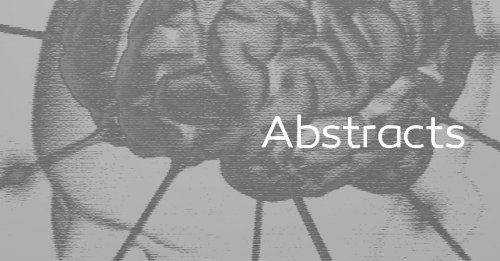GPi vs STN deep brain stimulation for Parkinson disease
Three-year follow-up
- Vincent J.J. Odekerken, MD*,
- Judith A. Boel, MSc*,
- Ben A. Schmand, PhD,
- Rob J. de Haan, PhD,
- M. Figee, MD, PhD,
- Pepijn van den Munckhof, MD, PhD,
- P. Richard Schuurman, MD, PhD,
- Rob M.A. de Bie, MD, PhD;
- For the NSTAPS study group
- Correspondence to Dr. Odekerken: v.j.odekerken@amc.uva.nl
-
Published online before print January 27, 2016, doi: http://dx.doi.org/10.1212/WNL.0000000000002401Neurology February 23, 2016 vol. 86 no. 8 755-761
- Abstract
- Full Text
- Full Text (PDF)
- Also available:
- Figures Only
- Data Supplement
- Coinvestigators
- PPT Slides of All Figures
ABSTRACT
Objective: To compare motor symptoms, cognition, mood, and behavior 3 years after deep brain stimulation (DBS) of the globus pallidus pars interna (GPi) and subthalamic nucleus (STN) in advanced Parkinson disease (PD).
Methods: Patients with PD eligible for DBS were randomized to bilateral GPi DBS and bilateral STN DBS (1:1). The primary outcome measures were (1) improvement in motor symptoms in off-drug phase measured with the Unified Parkinson Disease Rating Scale (UPDRS) and (2) a composite score for cognitive, mood, and behavioral effects, and inability to complete follow-up at 36 months after surgery.
Results: Of the 128 patients enrolled, 90 were able to complete the 3-year follow-up. We found significantly more improvement of motor symptoms after STN DBS (median [interquartile range (IQR)] at 3 years, GPi 33 [23–41], STN 28 [20–36], p = 0.04). No between-group differences were observed on the composite score (GPi 83%, STN 86%). Secondary outcomes showed larger improvement in off-drug functioning in the AMC Linear Disability Scale score after STN DBS (mean ± SD, GPi 65.2 ± 20.1, STN 72.6 ± 18.0, p = 0.05). Medication was reduced more after STN DBS (median levodopa equivalent dose [IQR] at 3 years, GPi 1,060 [657–1,860], STN 605 [411–875], p < 0.001). No differences in adverse effects were recorded, apart from more reoperations to a different target after GPi DBS (GPi n = 8, STN n = 1).
Conclusions: Off-drug phase motor symptoms and functioning improve more after STN DBS than after GPi DBS. No between-group differences were observed on a composite score for cognition, mood, and behavior, and the inability to participate in follow-up.
Classification of evidence: This study provides Class II evidence that STN DBS provides more off-phase motor improvement than GPi DBS, but with a similar risk for cognitive, mood, and behavioral complications.
FOOTNOTES
-
Go to Neurology.org for full disclosures. Funding information and disclosures deemed relevant by the authors, if any, are provided at the end of the article.

